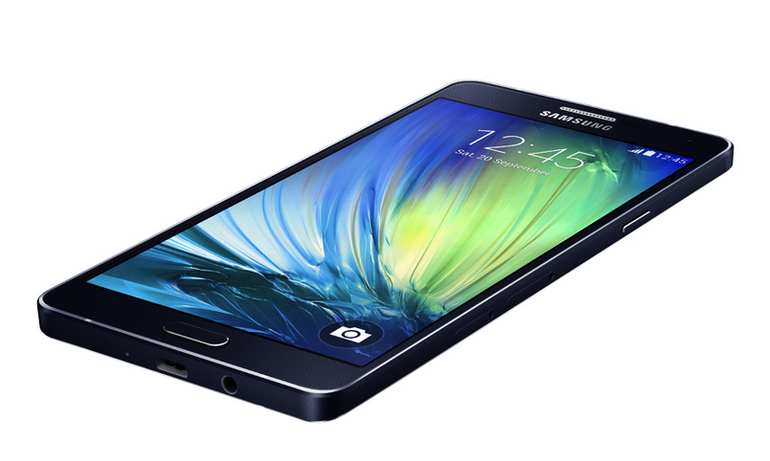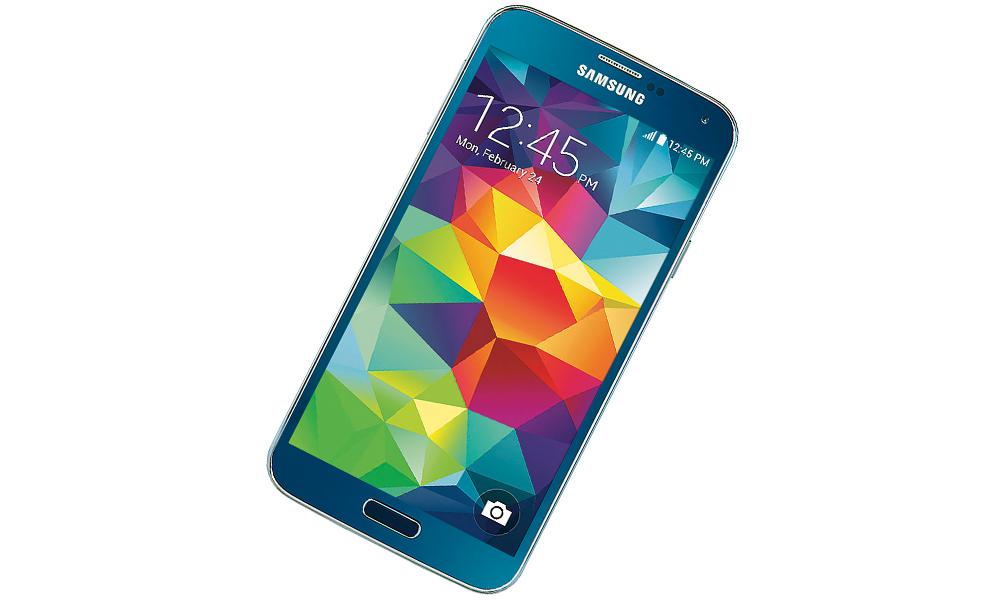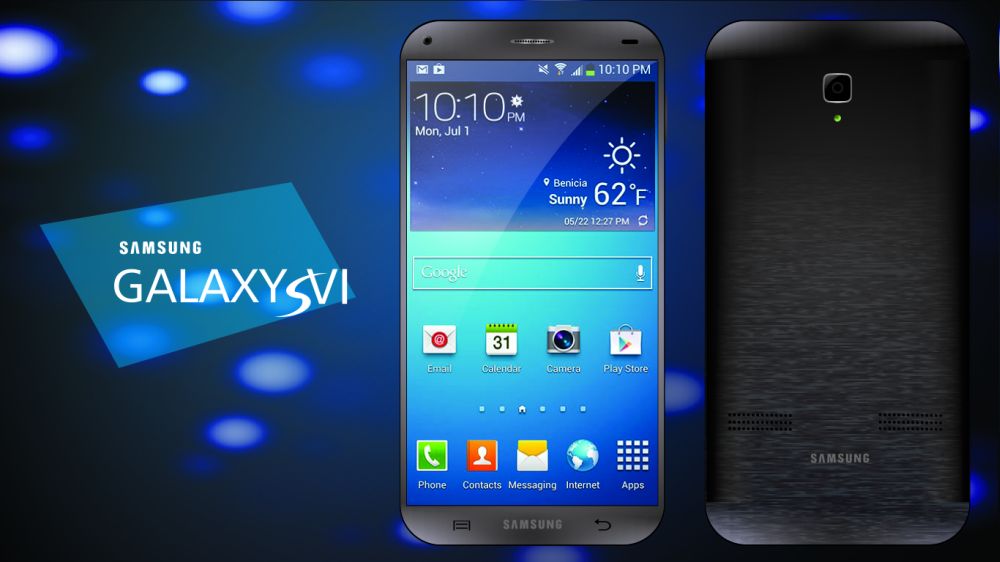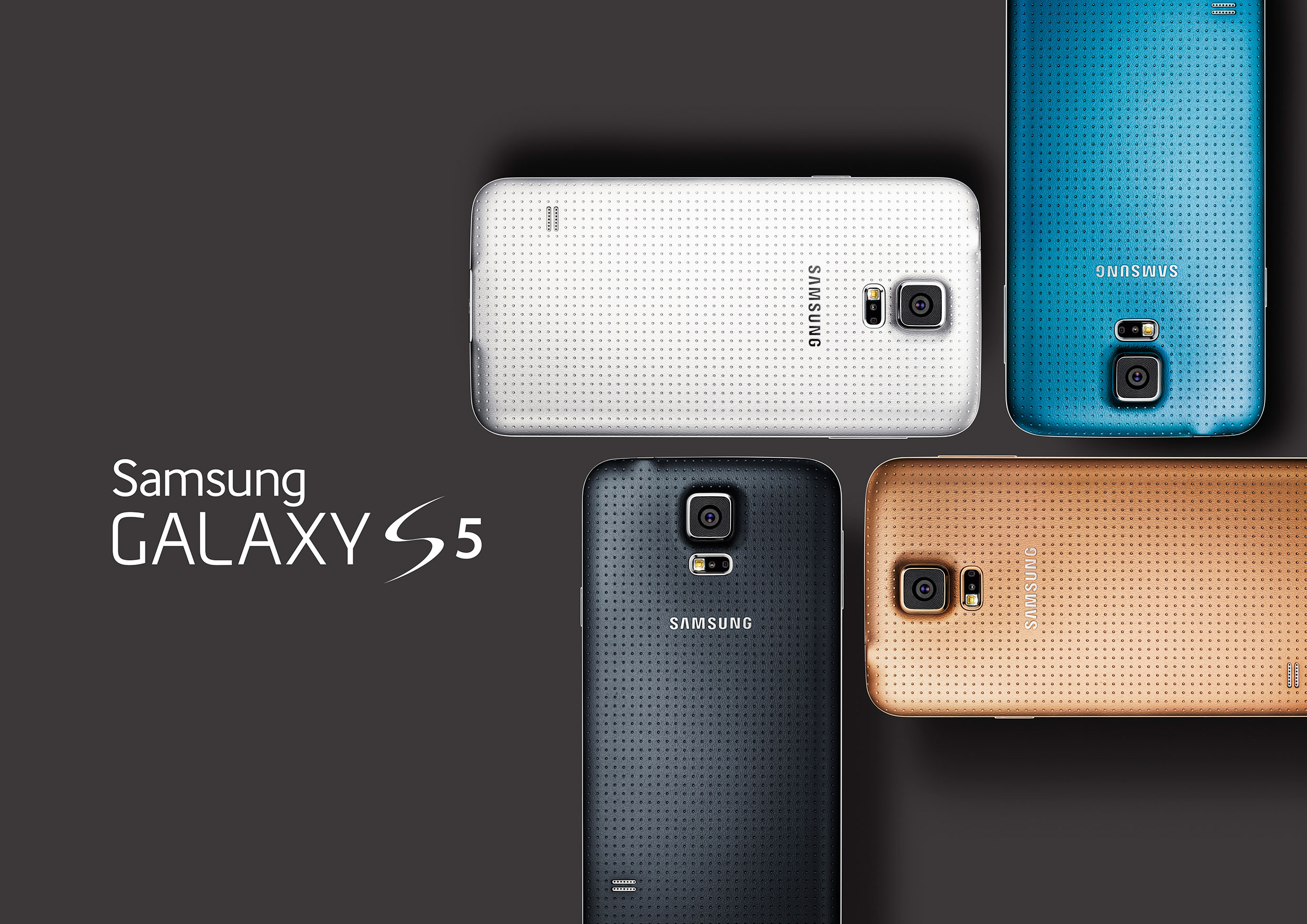Samsung has unveiled its third smartphone in the Galaxy A series at the Consumer Electronics Show (CES) in Las Vegas, Nevada. Featuring a bold 5.5-inch Super AMOLED display, the Galaxy A7 is bigger than both the Galaxy A5 and A6. However, don’t let that fool you into thinking it’s uncomfortable to hold or use. With a thickness of just 6.3 mm, the Galaxy A7 is the slimmest smartphone in Samsung’s A series. It’s important to note that Samsung is offering two different versions of the Galaxy A7: a single SIM variant and a dual-SIM variant. The single-SIM Galaxy A7 will feature a 32-bit Exynos 5430 chipset, which actually uses four Cortex A15 cores and four Cortex A7 cores (making it an octa-core processor), while the dual-SIM version features the 64-bit Snapdragon 615 SoC, which also uses eight cores. Regarding the performance of these octa-core processors, it’s still early to make any definitive statements. However, experts say both variants of the Galaxy A7 will deliver impressive speeds. Dual-SIM smartphones have become a hot commodity in recent years, as more and more people need both a personal and business line. With compatible smartphones like the new Samsung Galaxy A7, users can setup…
With 2015 right around the corner, many analysts are predicting a new Galaxy S6 smartphone is in the works. Samsung typically releases a new flagship device about once every year, meaning we’ll probably see one within the next 6 months. However, rumors suggest that it may have lower specs than the current Galaxy S5. According to SamMobile, the upcoming Galaxy S6 will feature a new and improved qHD display with 1440 x 2560 pixel resolution, 15.9-megapixel camera, octa-core 64-bit processor (unknown origin), 3GB RAM, and Android 5.0 Lollipop. These specs certainly sound nice, but other sources claim this information is false. An AnTuTu benchmark posted on the Chinese website CNMO reveals the Galaxy S6 with a 5.5-inch display at 1440 x 2560 pixel resolution, powered by Exynos 7420 processor, and Android 5.0 Lollipop. Assuming the latter is true, fans could be disappointed by the Galaxy S6’s marginally improved specs. The Galaxy S5 was a monumental improvement from the S4, featuring a superior processor, better camera, and most importantly IP6/7 dust and water resistant technology. These powerhouse combination ultimately resulted in one of the best selling smartphones of all times, even if Samsung overshot its sales expectations by producing too many…
Given the widespread success of the Galaxy S5, it’s no secret that Samsung is already working on a successor behind the curtains. The South Korean-based tech company typically releases a new flagship smartphone about once a year, meaning we’ll likely see the Galaxy S6 on retail shelves by Q2 2015. But how exactly is Samsung going to improve on a device that’s already touted as one of the best smartphones on the market? Curved Screen While Samsung has yet to confirm any rumors regarding its upcoming Galaxy S6, Jerry Kang of IHD Technology said it will feature a dual-edged screen with curvature on both the right and left sides. Kang also said that Samsung had originally planned to use this same design for the Note Edge, but it ultimately scrapped the idea in favor of a single-side curved display. “The Galaxy S6 to be released next year will feature a ‘dual-edged’ screen which is curved on the right and left sides,” said IHD Technology senior analyst Jerry Kang. “The dual edge is expected to be beneficial for Samsung Display, the main display supplier for the smartphone-maker, as larger displays bring more profit.” Processor There are a few different possible scenarios…
It’s been just over 6 months since Samsung released its Galaxy S5 flagship smartphone, but new reports suggest the company is already working on its successor. This news comes just weeks after Samsung released the Galaxy Note 4 and Galaxy Note Edge, leaving some people to speculate if The Next Big Thing will be the Galaxy 6. According to SamMobile, Samsung is in fact working on a new Galaxy smartphone, but it’s not being called the Galaxy S6 (at least for now). Sources close to the development team say it’s being called Project Zero. As SamMobile points out, this is the first time Samsung has opted for such a unique codename for its devices. Previous flagship devices were given generic names, such as Project J (Galaxy S4), Project H (Galaxy Note 3), Project K (Galaxy S5) and Project T (Galaxy Note 4). Why is Samsung taking such a different approach with the Galaxy S5’s successor? Being that Samsung has yet to confirm nor deny the project, we really don’t know why it chose the codename Project Zero for the Galaxy S5’s successor. With that said, SamMobile claims its sources told them the project name is a reflection of the device’s…




